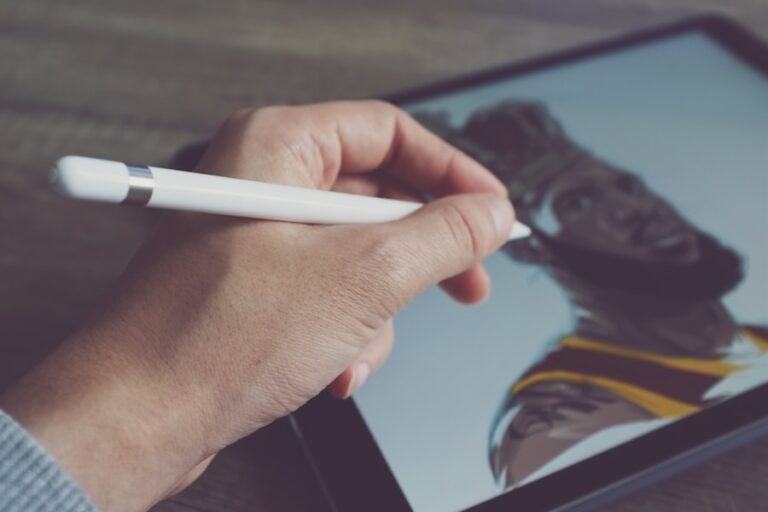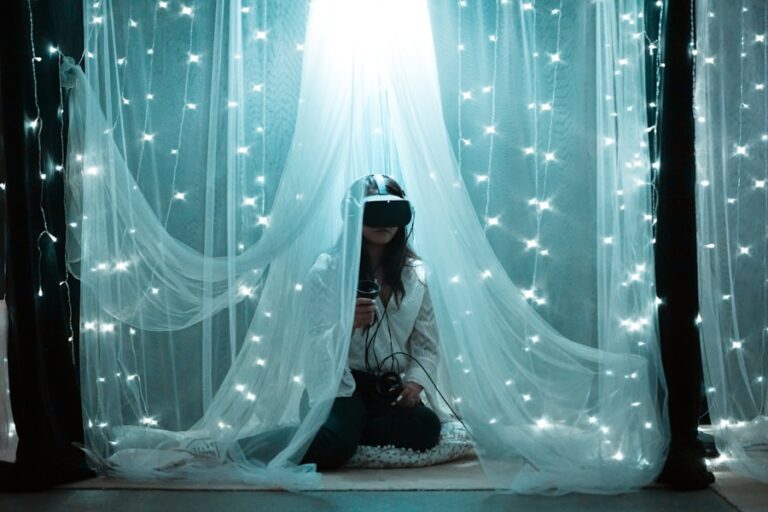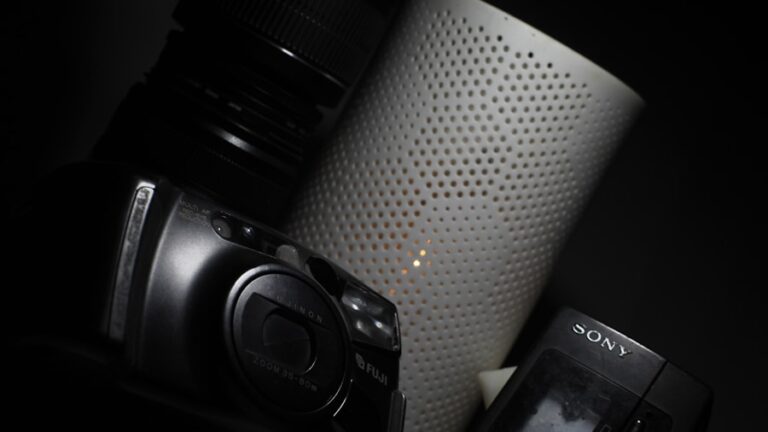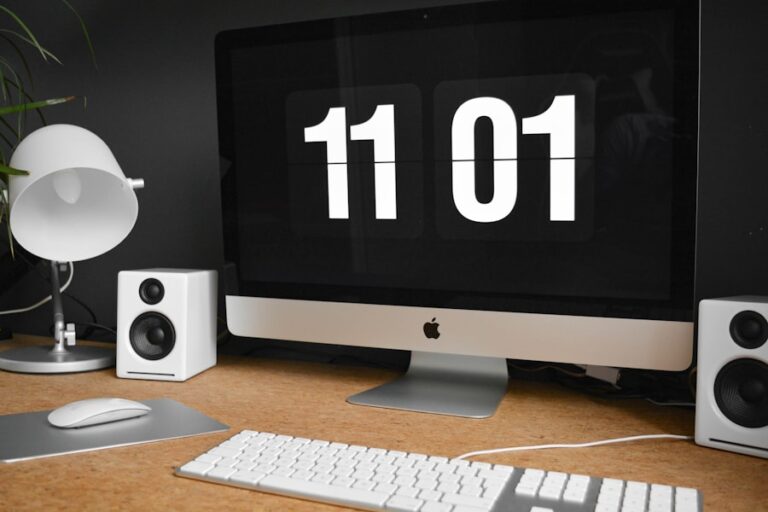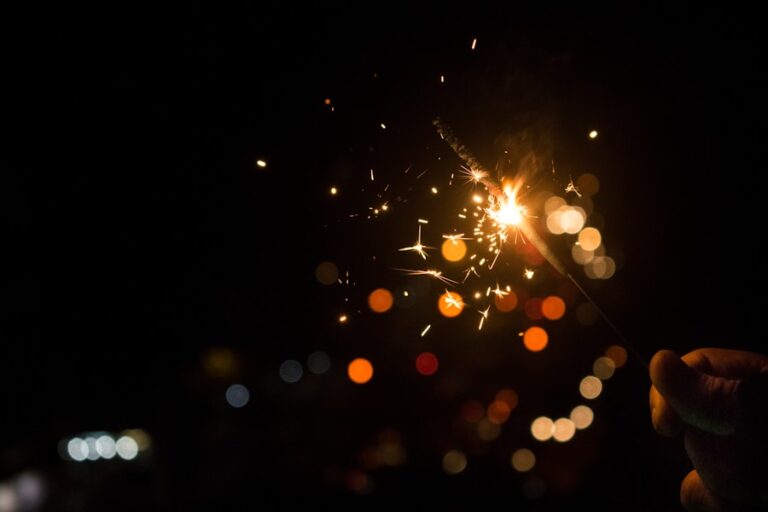Discover the Power of AI in Creating Beautiful Digital Art with a Generator
Artificial Intelligence (AI) has made significant strides in recent years, and its impact on the world of digital art is undeniable. AI has the ability to generate, manipulate, and enhance digital art in ways that were previously unimaginable. From creating realistic portraits to generating abstract compositions, AI has opened up new possibilities for artists and designers. This article will explore the role of AI in digital art, focusing on the creative potential of AI generators, the impact of AI on the artistic process, ethical considerations, and the future of AI in digital art.
Understanding Generative Adversarial Networks (GANs)
One of the most powerful tools in AI-generated art is the Generative Adversarial Network (GAN). GANs are a type of neural network that consists of two parts: a generator and a discriminator. The generator creates new images or artworks, while the discriminator evaluates them for authenticity. Through a process of competition and collaboration, GANs can produce incredibly realistic and diverse digital art. This technology has been used to create everything from photorealistic landscapes to abstract sculptures. GANs have revolutionized the way artists approach digital art, allowing them to explore new creative possibilities and push the boundaries of traditional artistic techniques.
On the other hand, GANs have also raised concerns about the potential for misuse and manipulation. As with any powerful technology, there is a risk that GANs could be used to create misleading or harmful content. It is important for artists and designers to be aware of these ethical considerations and to use GANs responsibly. Despite these challenges, GANs have the potential to revolutionize the art world and inspire new forms of creativity.
Exploring the Creative Potential of AI Generators
AI generators have the potential to revolutionize the way artists create and manipulate digital art. These tools can generate new ideas, enhance existing artworks, and even collaborate with human artists. For example, AI generators can be used to create complex patterns, textures, and color schemes that would be difficult or time-consuming for a human artist to produce. This allows artists to focus on higher-level creative decisions and concepts, rather than getting bogged down in technical details.
Furthermore, AI generators can be used to explore new artistic styles and techniques. By training a generator on a specific artistic style or period, artists can create new works that pay homage to the past while pushing the boundaries of contemporary art. This opens up new possibilities for artistic expression and allows artists to experiment with different visual languages. Overall, AI generators have the potential to expand the creative toolkit of artists and designers, enabling them to explore new ideas and push the boundaries of digital art.
The Impact of AI on the Artistic Process
The integration of AI into the artistic process has had a profound impact on how artists create and manipulate digital art. AI tools can automate repetitive tasks, such as generating background elements or refining details, allowing artists to focus on more creative aspects of their work. This can lead to greater efficiency and productivity, as well as new opportunities for experimentation and exploration.
Furthermore, AI has the potential to democratize the creation of digital art by making it more accessible to a wider audience. With the help of AI tools, individuals with limited artistic training or technical skills can create compelling digital artworks. This has the potential to open up new avenues for artistic expression and creativity, as well as challenge traditional notions of who can be considered an artist.
However, the integration of AI into the artistic process also raises questions about authorship and originality. As AI tools become more sophisticated, it becomes increasingly difficult to determine where human creativity ends and machine creativity begins. This blurring of boundaries challenges traditional notions of artistic authorship and raises important questions about the role of human agency in the creative process.
Ethical Considerations in AI-generated Art
The rise of AI-generated art has raised important ethical considerations that artists and designers must grapple with. One of the key concerns is the potential for misuse and manipulation of AI-generated content. As AI tools become more advanced, there is a risk that they could be used to create misleading or harmful content, such as deepfakes or propaganda. It is important for artists and designers to be aware of these risks and to use AI tools responsibly.
Another ethical consideration is the impact of AI on traditional artistic practices and livelihoods. As AI tools become more sophisticated, there is a risk that they could replace human artists in certain creative industries. This raises important questions about the future of artistic labor and the role of human creativity in a world increasingly dominated by machines.
Furthermore, there are important questions about data privacy and ownership in the context of AI-generated art. As AI tools rely on large datasets to generate content, there is a risk that personal or sensitive information could be used without consent. Artists and designers must be mindful of these ethical considerations and take steps to protect the privacy and rights of individuals.
The Future of AI in Digital Art
The future of AI in digital art is full of exciting possibilities and challenges. As AI tools become more advanced, they have the potential to revolutionize the way artists create and manipulate digital art. From generating new ideas to automating repetitive tasks, AI has the potential to expand the creative toolkit of artists and designers.
However, there are also important challenges that must be addressed as AI becomes more integrated into the art world. Artists and designers must grapple with ethical considerations related to data privacy, authorship, and the impact of AI on traditional artistic practices. It is important for artists and designers to be aware of these challenges and to use AI tools responsibly.
Overall, the future of AI in digital art is full of exciting possibilities for collaboration between humans and machines. By embracing this collaboration, artists and designers can push the boundaries of traditional artistic practices and explore new forms of creativity.
Embracing the Collaboration between AI and Artists
In conclusion, AI has had a profound impact on the world of digital art, opening up new possibilities for creativity and collaboration. From GANs to AI generators, these tools have revolutionized how artists create and manipulate digital art. However, this integration also raises important ethical considerations that must be addressed.
As we look towards the future, it is important for artists and designers to embrace the collaboration between humans and machines. By doing so, we can push the boundaries of traditional artistic practices and explore new forms of creativity. It is essential for artists and designers to be mindful of ethical considerations related to data privacy, authorship, and the impact of AI on traditional artistic practices.
Ultimately, by embracing this collaboration, we can unlock new possibilities for artistic expression and creativity in the digital age. The future of AI in digital art is full of exciting possibilities for collaboration between humans and machines, and it is up to us to shape this future responsibly and ethically.

